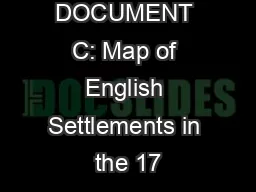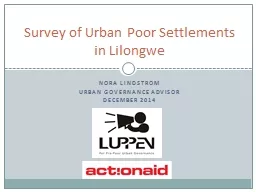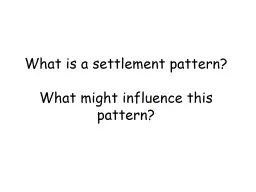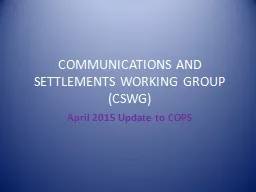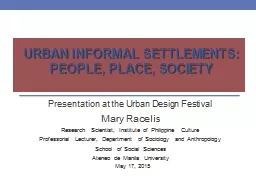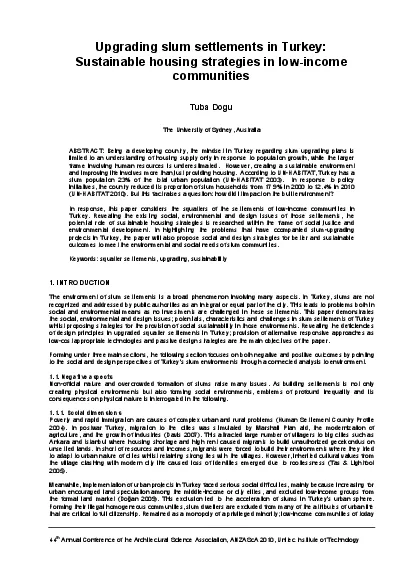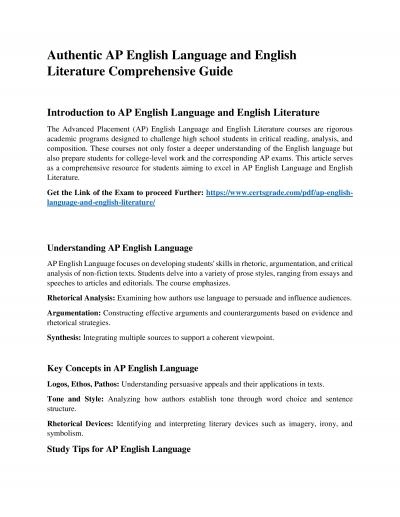PPT-DOCUMENT C: Map of English Settlements in the 17
Author : karlyn-bohler | Published Date : 2016-09-06
th century including the Massachusetts Bay Colony DOCUMENT D Image of Giles Corey accused of witchcraft being pressed to death in Salem 1692 This demonstrates
Presentation Embed Code
Download Presentation
Download Presentation The PPT/PDF document "DOCUMENT C: Map of English Settlements i..." is the property of its rightful owner. Permission is granted to download and print the materials on this website for personal, non-commercial use only, and to display it on your personal computer provided you do not modify the materials and that you retain all copyright notices contained in the materials. By downloading content from our website, you accept the terms of this agreement.
DOCUMENT C: Map of English Settlements in the 17: Transcript
Download Rules Of Document
"DOCUMENT C: Map of English Settlements in the 17"The content belongs to its owner. You may download and print it for personal use, without modification, and keep all copyright notices. By downloading, you agree to these terms.
Related Documents

